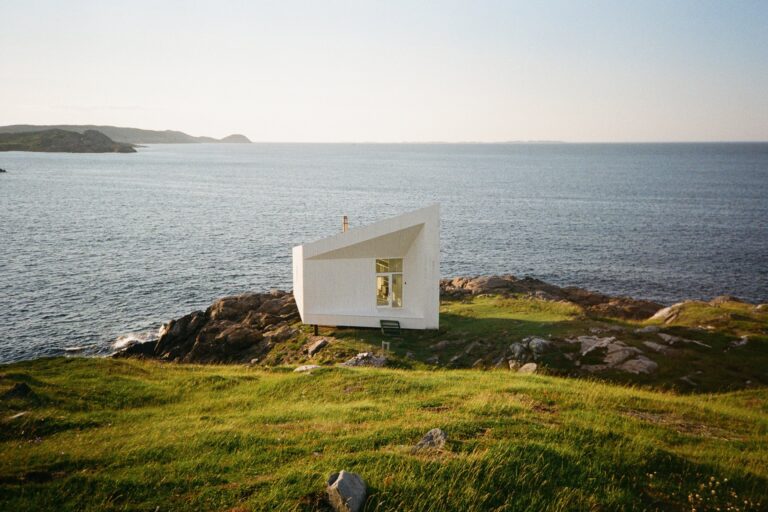
Fogo Island, off the northeast coast of Newfoundland, Canada, is often described as the end of the earth. “It’s a very remote but naturally abundant place. The lack of distraction allows people to rest and have moments of productivity,” says Billy Tang, executive director and curator of nonprofit space Para Site, who explains it is the perfect spot for an artist residency.
This past summer, Para Site partnered with Fogo Island Arts and the Museum of Contemporary Art Toronto to launch the Fog & Mist Residency, a pilot project offering emerging Hong Kong artists the chance to stay on the island for three months. The first participant was Wong Winsome Dumalagan, a local artist known for her experimental videography and installation work.



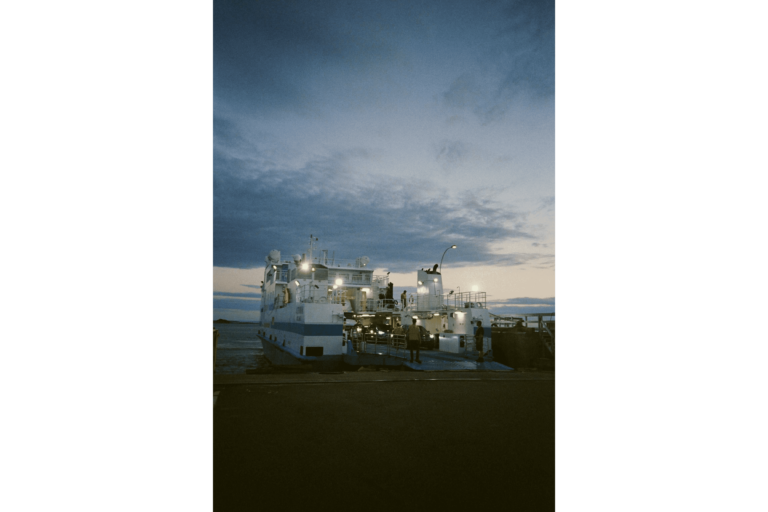
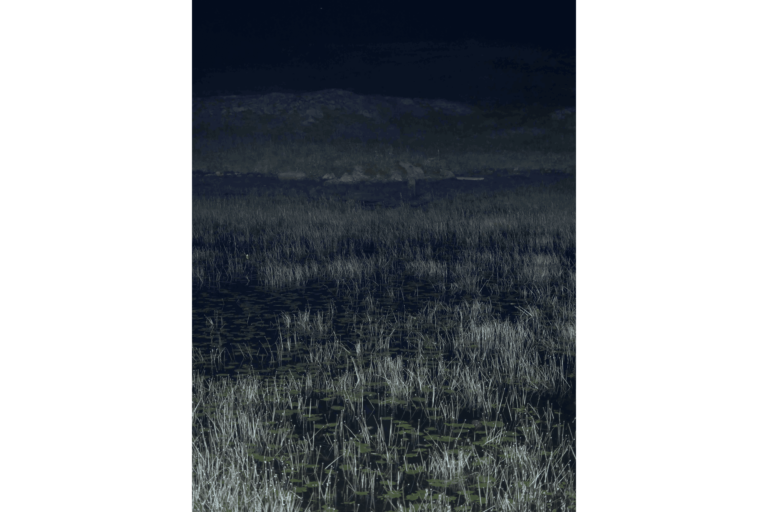
Wong is among a growing number of Hong Kong artists pursuing residencies across the globe. Aside from an opportunity for cultural exchange, immersion in a different environment inspires experimentation, improves visibility, and can sometimes even transform an artist’s practice.
“In the art industry, there is constant pressure to perform and a rush to produce new work,” says Tang, who sees a residency as almost an antidote. “Residencies allow more time and space to expand the horizons of one’s practice. Young artists can also be emboldened to take risks.”
Wong was initially sceptical of residencies as her work typically emerges from more spontaneous travel, such as a recent trip to the Philippines, where her mother is from. “But this was unexpectedly suitable,” she says of the long duration of the residency. She was fascinated to discover several Filipinos working in the fishing industry on the island. “It was important to build friendships [with them] during this period. It takes time for me to feel confident enough to talk about other people’s stories to be certain I am not exploiting them,” she says, explaining that she recorded conversations with people in the community and is now reflecting on how to shape this into a work.
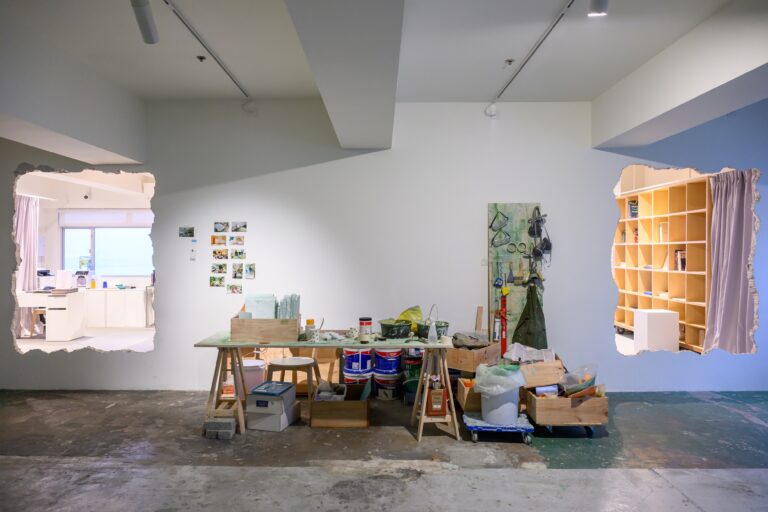
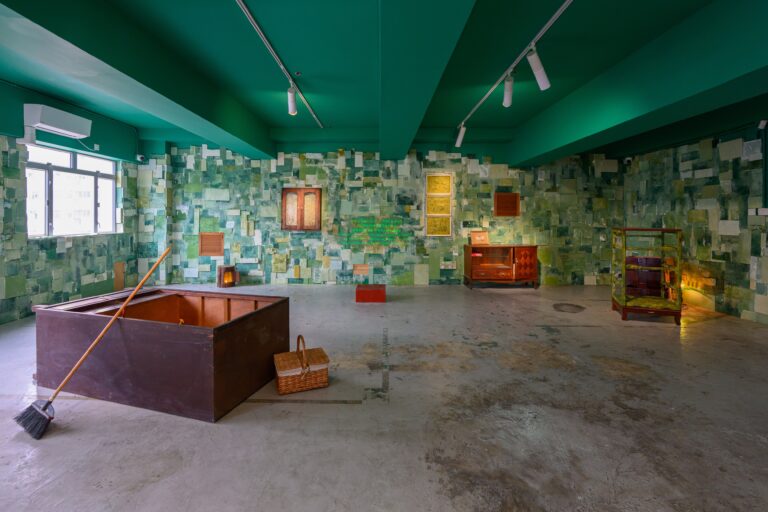
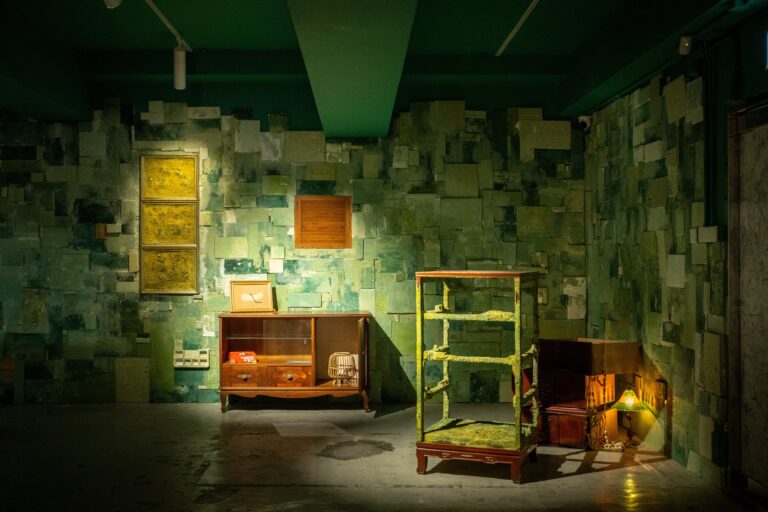

While Wong travelled to a remote island, other artists are finding new possibilities on their doorstep. Local artist Chan Ting, for instance, recently completed a residency at Para Site, transforming its tenth-floor annex space into a cabinet of curiosities. They scavenged the Quarry Bay neighbourhood for abandoned furniture and discarded materials, which they used to create a moody installation. Chan also enveloped the walls with found materials creating a mosaic, which they painted green. The colour referenced moss, an organism that grows in uninhabitable spaces and symbolises the community’s resilience. Chan also played recorded sounds and conversations from the neighbourhood, which added further patina to the immersive exhibition.
Working on this large–scale show was a confidence boost for the recent graduate. “A residency doesn’t always have to be results–orientated. It can also be about giving space that they wouldn’t normally access. For Chan Ting, the residency came at a crucial moment in their career as they were considering the sustainability of being an artist. This was a form of encouragement,” says Tang, who adds that Chan also received an offer from a gallery to represent them in the process.


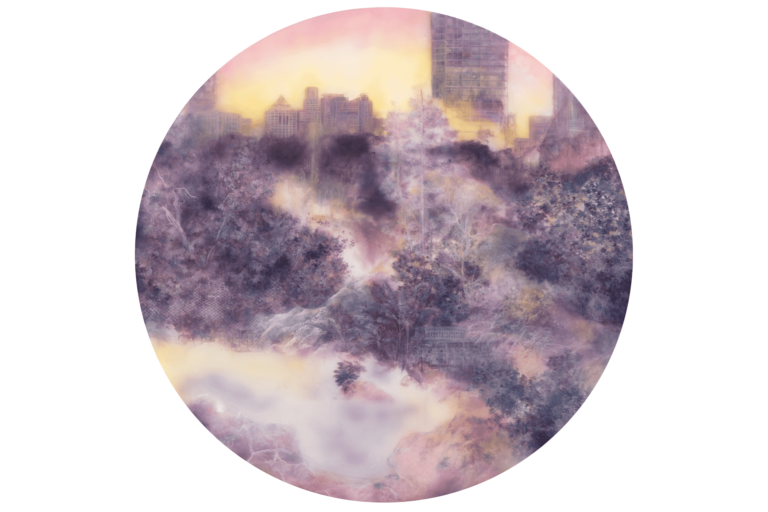
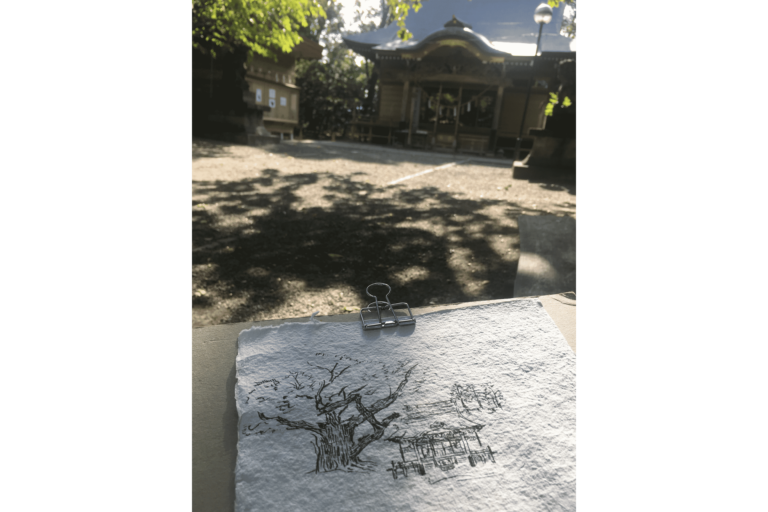

For some artists, residencies inspire a more concrete shift in style and materials. Local artist Fatina Kong—known for her dreamy images of Hong Kong cityscapes—for instance, had a transformative experience in Xining during an apprenticeship in 2018, learning Buddhist Thangka painting. Often waking up at 6 a.m., she painted until late evening daily for about 40 days. While she previously relied on Western perspective drawing, the ideology of Thangka paintings inspired her to explore more creative compositions. She also started to integrate mineral pigments into her work.
Later that year, she travelled to Japan, where she participated in her first residency at Tenjinyama Art Studio in Sapporo. There, she became fascinated with the rituals of the Indigenous Ainu people and their beliefs about the natural world. Learning about their culture spurred her to explore mythology and poetry as new sources of inspiration. She also began plein-air sketching in Japan. “The different climate and completely unfamiliar scenery had a major impact on my practice,” she says.
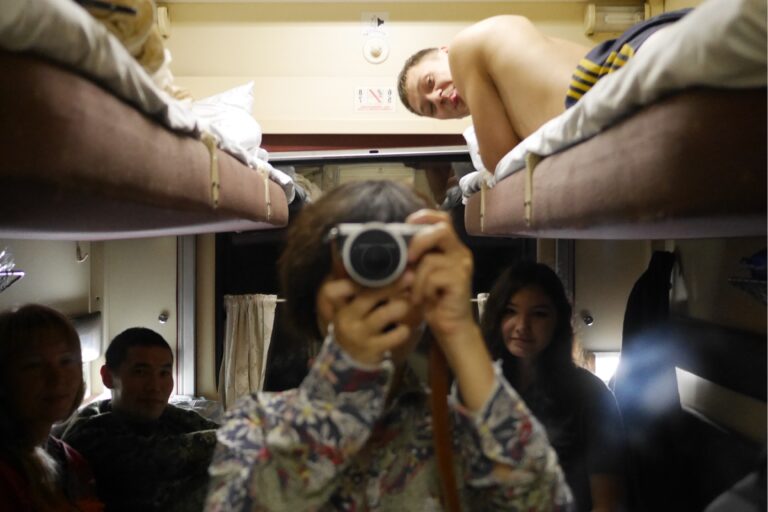



Movana Chen, who is known for creating intricately woven paper installations, shared a similar experience in New Zealand at the Nock Art Foundation. While she studied painting during her bachelor’s degree, she soon veered away from the medium when she began knitting with paper. “The dramatic landscapes of New Zealand inspired me to paint again, but this time, it was based on my feelings instead of just focusing on technique,” she says. “Now it’s part of my daily practice to sketch and draw landscapes.”
Chen has done multiple residencies and sees travel as critical to her practice. In 2016, she took a 68-hour train ride to the Siberian city Krasnoyarsk to participate in a book fair and do an artist talk. Chen saw the journey as a type of artist residency. She recalls sharing a cabin with Russian soldiers. Despite language barriers, she communicated with them through drawing. “I was sitting on the lower bunk knitting [strips of paper], and they were curious. I didn’t introduce myself, but the magic of paper and the artwork connects people,” she says, explaining that they tried knitting and even participated in an impromptu performance involving wearing one of her paper “body container” costumes: “My artwork is about people. If you have an open heart, experiences come when you aren’t expecting anything.”
Chen has recently completed a self-curated residency in which she travelled from Portugal to Switzerland in her camper van with a filmmaker and performer for 23 days: “You don’t need to wait for an organization to invite you to do a project. You can curate a residency yourself. The world is calling you. So let it happen.”



